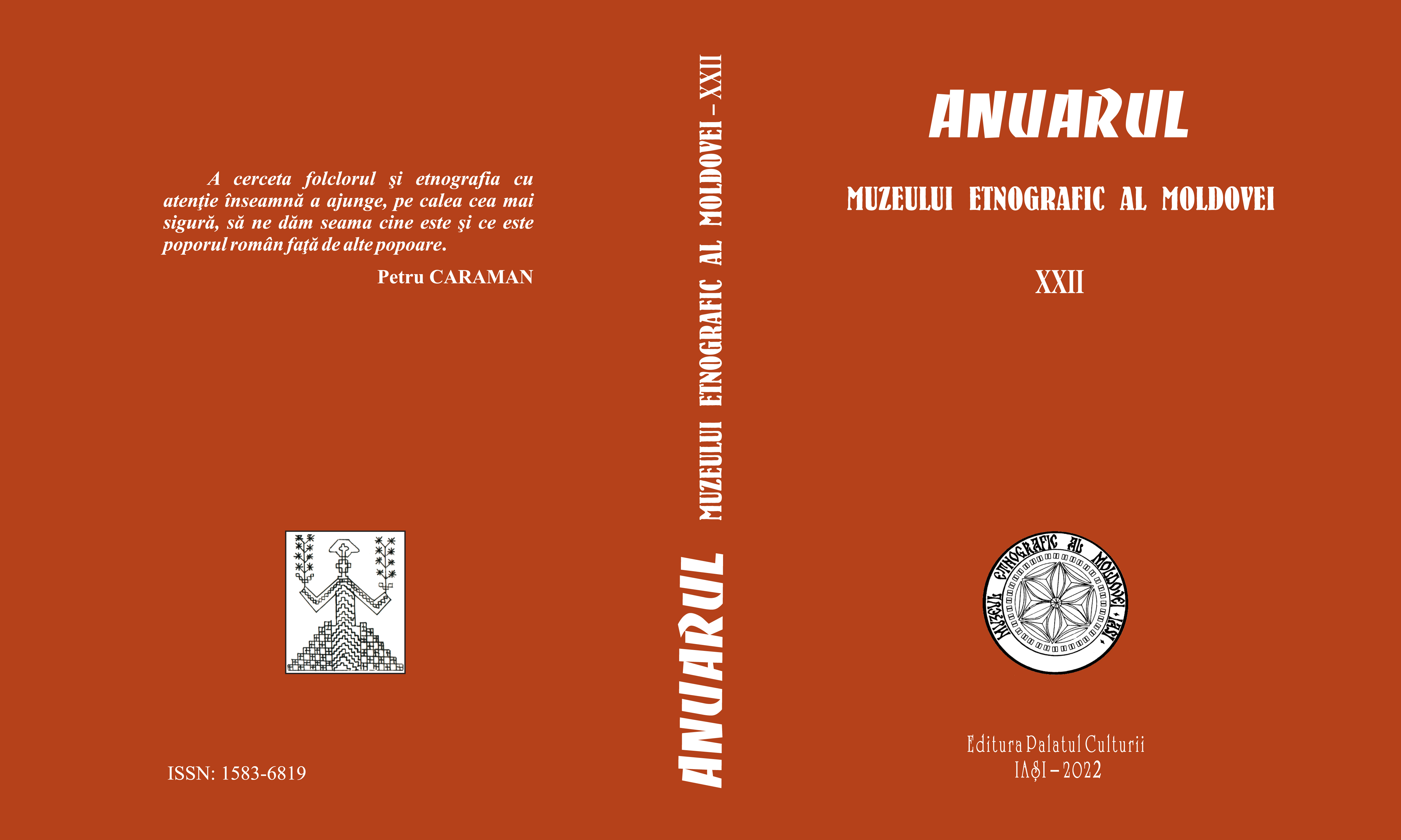Teatrul popular românesc – diversitatea originilor şi influenţelor
The Romanian Folk Drama – Diversity of Origins and Influences
Author(s): Ioana RepciucSubject(s): Theatre, Dance, Performing Arts, Cultural history, Customs / Folklore, Ethnohistory, Cultural Anthropology / Ethnology
Published by: Editura Palatul Culturii
Keywords: folk drama; Christmastide; seasonal ritual; traditional mumming; literary culture; urban culture; Romanian folklore;
Summary/Abstract: In its earliest recorded aspects, ritual house-visiting of guisers during winter holidays was described as a mixture of masking, singing, whistling, and revelling – all performed by groups of young men for the sake of infusing their close-knit community with the season’s positive magical energies. Characteristic of the golden age of early modern European peasant societies, winter ritual public performances were later in some cases appropriated by the urban culture and became cherished symbols of the city’s supposed archaic roots, but at the same time objects of consumption and entertainment. Opposing this conventionally assumed direction of influence, the paper will outline the inverse path, i.e. the gradual settling of urban forms and contents in rural mumming. The analysis of this evolution will employ especially Romanian examples documented from the late 19th century to present times, but the argument will be also supported by other European case studies. Their aesthetic side, their heterogeneity and capacity of incorporating various outside cultural influences transformed these folk collective rituals into significant testimonies of the rural-urban encounter. The resulting mumming forms that can be observed today attest to the complexity of this cultural and functional blending. Stressing out the gap between past and present, or urban and rural, or ritual and leisure does not seem to be a useful endeavour when analyzing traditional mumming. “Foreign” or “outside” influences that apparently do not belong to the pure ritual structure as described by traditional folklore studies are actually meaningful traces of the folk play long-term evolution while traversing different types of audiences, societies, authors and performers. These so-considered urban and literate elements are part of traditional mumming’s heterogeneous composition, no matter how inappropriate they would be in the eyes of more puritanical observers.
Journal: Anuarul Muzeului Etnografic al Moldovei
- Issue Year: 2022
- Issue No: 22
- Page Range: 103-116
- Page Count: 14
- Language: Romanian

